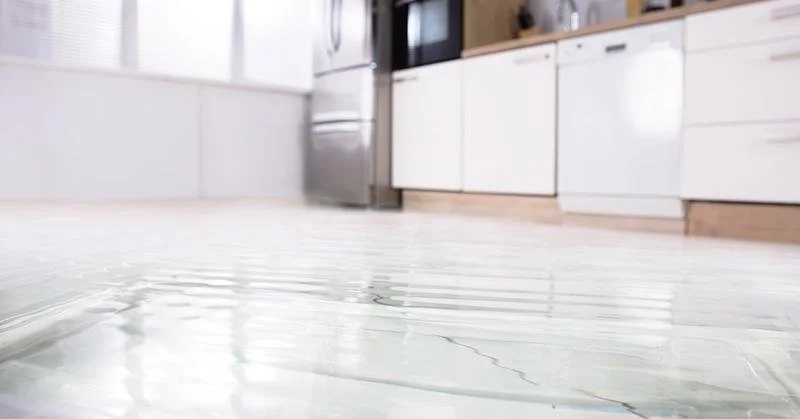What to Do When You Find a Leak in Your Home
Finding a leak is something that all homeowners are sure to experience at some point. Whether it’s your ceiling leaking after a day of torrential downpours, a pipe has burst in your walls, or you have a mystery leak somewhere in your attic, it can be a stressful situation. We consulted a contractor who has been doing insurance repairs for over 30 years and have created a step-by-step checklist to help you through this messy ordeal. While every situation is unique, this advice is only meant to be a guide to navigate your way through your water damage situation. It is important to do your own research and speak with your insurance agency before making any major decisions.
Step 1. Wipe up the leak and do your best to dry it up.
Naturally, it will be your first instinct to clean up the mess if possible. It is the homeowner’s responsibility to do their best to control the damage before insurance or a third party steps in.
Step 2. Call a remediation company.
Companies like Servpro or Rainbow will be your best bet for getting help fast. This is an especially important step if the leak is continual and you need support as quickly as possible.
Step 3. Call your insurance agent or company and report the loss.
By acting quickly and calling your insurance company, it is going to be easier to report, remember, and to get help rather than waiting until after the situation is solved to report the loss.
Step 4. At this point the remediation company will come in and start the drying process.
Your remediation company will call a plumber, if need be, to get you back up and running. The insurance company will then either send a company adjuster or an independent adjuster. Many remediation companies will also perform repair and reconstruction work.
Step 5. Decide whether to contact a company adjuster, private adjuster, or public adjuster. But what’s the difference?
Most company adjusters will work in your best interest, getting you back to pre-loss condition. The private adjuster is hired to do the same thing. The one thing you need to keep in mind is the private adjuster is also working with the insurance company. Private adjusters can be motivated to save the insurance company money rather than save you money. A public adjuster is hired directly by the homeowner to represent them sort of like a personal injury lawyer and they generally charge a fee of 10% of the total loss. Typically, they are only hired when the loss is rather large and or complicated.
Step 7. Get your home in pre-loss condition.
Your insurance company is responsible to put your house back to pre-loss condition. The best way to ensure that this happens is to hire a contractor to inspect your damage and make recommendations to repair the damage.
While water damage can be extremely tricky to deal with, these tips and steps are helpful suggestions to get your home back to normal. Things like plywood under your floor, cabinets, and walls are not meant to get wet. Finding professional help, and following this checklist will help save your sanity, your home and your wallet.

